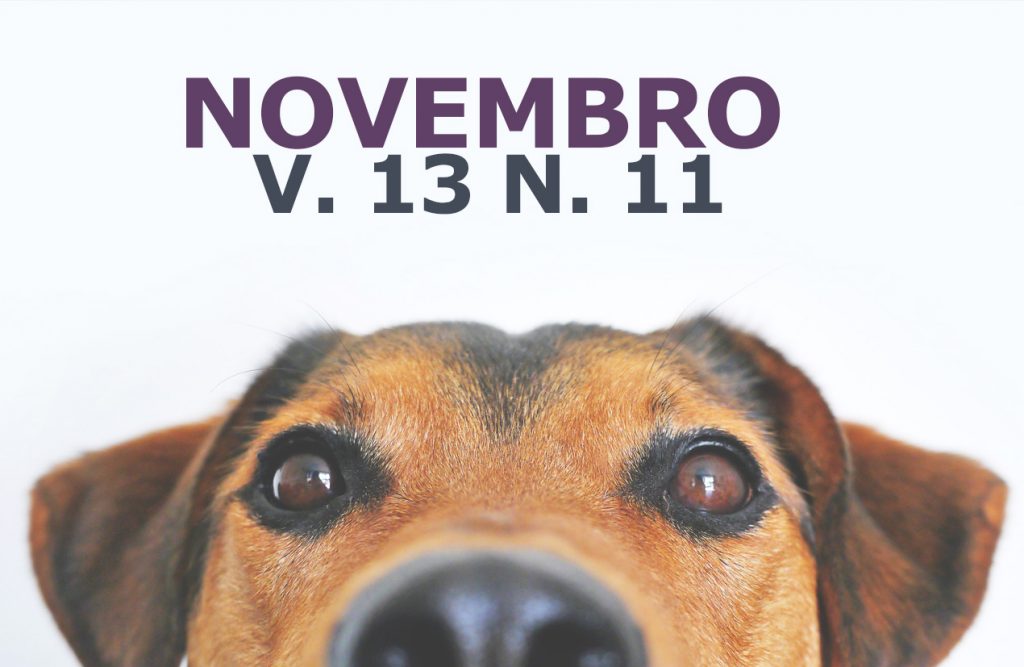Equine ulcerative lymphangitis: case report
DOI:
https://doi.org/10.31533/pubvet.v13n11a446.1-6Keywords:
diagnosis, horses, infection, lymph vesselsAbstract
Ulcerative Lymphangitis is an infectious bacterial disease that affects animals without distinction of race, age or sex. It has as main agents Corynebacterium pseudotuberculosis, Staphylococcus spp., Streptococcus spp., Pseudomonas aeruginosa and Rhodococcus equi. It is a prevalent disease in Veterinary Medicine despite having simple prophylaxis, basically hygiene and depriving the animals of the contact with vectors or other infected animals. Its diagnosis depends on a clinical examination well done based on clinical signs and can be aided by laboratory diagnosis identifying the causative agent. The treatment is long and diagnostic dependent. The present study aims to report a clinical case of the disease showing the importance of an early and differential diagnosis and the use of correct antibiotic therapy. In the case reported the animal showed clinical signs in the left hind limb such as edema, temperature increase, grade 4 claudication of 5, was first diagnosed as trauma of the affected limb; and after the appearance of fistulas, which came to drain purulent secretion, was finally diagnosed with Ulcerative Lymphangitis. A β-lactam treatment and therapeutic measures such as hygiene were performed, and an improvement in the clinical condition of the animal was observed in a short period of time. Considering that the disease has a significant prevalence in Veterinary Medicine and may be recurrent many times, in addition to avoiding indiscriminate use of antibiotics, it should be emphasized the importance of hygiene referring to the environment in which the equine lives as the main prophylactic method for new cases and recurrences of these.
Downloads
Published
Issue
Section
License
Copyright (c) 2019 Nayara Martins Leite, Mylano Viana da Rocha, Karoline Milhomem de Souza, Paula Bittencourt Vago

This work is licensed under a Creative Commons Attribution 4.0 International License.
Você tem o direito de:
Compartilhar — copiar e redistribuir o material em qualquer suporte ou formato
Adaptar — remixar, transformar, e criar a partir do material para qualquer fim, mesmo que comercial.
O licenciante não pode revogar estes direitos desde que você respeite os termos da licença. De acordo com os termos seguintes:
Atribuição
— Você deve dar o crédito apropriado, prover um link para a licença e indicar se mudanças foram feitas. Você deve fazê-lo em qualquer circunstância razoável, mas de nenhuma maneira que sugira que o licenciante apoia você ou o seu uso. Sem restrições adicionais
— Você não pode aplicar termos jurídicos ou medidas de caráter tecnológico que restrinjam legalmente outros de fazerem algo que a licença permita.





